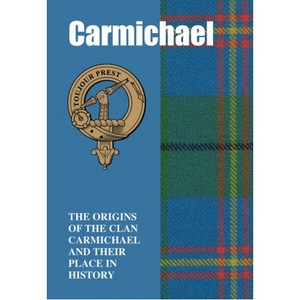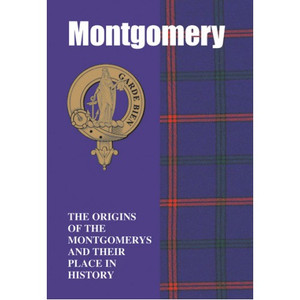
In the form it has today the Fitzpatrick name holds a secret, one that when uncovered reveals how it is actually rooted deep in the ancient soil of Ireland.
Kings of ancient Ossory in the province of Leinster, the story of the Fitzpatricks is one of both glorious fortune and tragic misfortune.
The colourful and often poignant tale of this proud clan is recounted here.
NAME variations include: Mac Giolla Phádraig (Gaelic), Fitzpatricks, Fitz-Patrick, Kilpatrick, MacGilpatrick, Shera, Sherar.
Fitzpatrick Clan Mini-Book Excerpt
Fitzpatricks have acquired no small degree of notoriety – no less so than James Fitzpatrick, better known as the eighteenth century American highwayman Sandy Flash.
The son of Irish immigrants to America, the date of his birth is uncertain, but it is thought that he was probably aged in his early twenties when he enlisted in the Continental Army on the outbreak of the Revolutionary War against Britain in 1775.
There then followed a colourful spree as a highwayman, operating west of Philadelphia, Pennsylvania, and gaining a reputation as an eighteenth century Robin Hood.
Finally captured by the exasperated forces of the law he made a number of escape attempts from prison before ultimately facing the hangman’s noose in 1778.
One legend is that the bold and wily Sandy Flash buried a glittering pile of loot in what is known as Castle Rock, a hill to the west of Newton township in Delaware County, and near Crum Creek.
The treasure still remains tantalisingly hidden, despite numerous attempts over the years to locate it.






